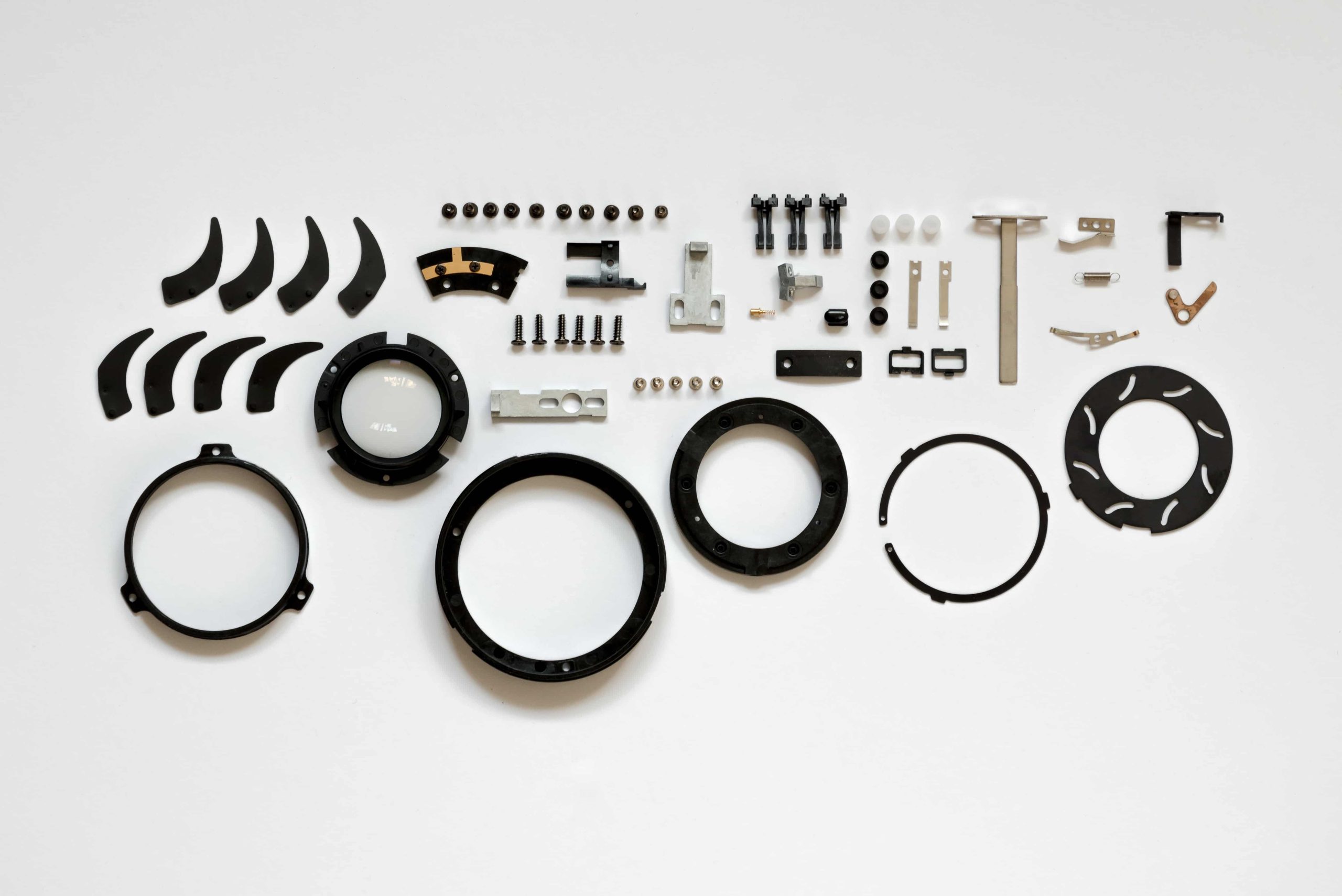
In light of advancing prototyping technology, the transition from prototyping to full production isn’t always linear. Few industries know this better than the steel industry. To this day, most manufacturers in the steel industry still opt for the traditional prototyping process of material sampling from bulk, performing regular manufacturing processes and then qualifying the products again after these processes are complete.
The challenge still remains in making a seamless leap from the prototyping stage to the production stage. So how does one move from launching an accurate prototype to fully producing something in metal manufacturing?
Launching from prototyping to production can pose challenges to the traditional manufacturing system. However, moving from prototyping to production can happen seamlessly when each industry involved in the process works together in the qualification and verification stages.
In metal contract manufacturing (or production manufacturing), customers send a qualified and verified prototype of their future product to be mass-produced and sent to the end-user as a finished, fully functional product. At Caldera Manufacturing Group, formerly Summit Steel, Inc., our extensive metal manufacturing capabilities enable us to meet virtually any business’s steel product requirements, from single parts to finished, ready-to-ship metal products.
Contract steel manufacturers with Caldera Manufacturing Group’s capabilities help create a seamless prototyping-to-production process by accepting complex product specifications and handling the entire production process from start to finish — all in one place.
Since most steel manufacturers are production-focused only, it’s important that the prototyping process passes through the stages of qualification and verification before the production stage begins. Both materials and processes need to be qualified in a manufacturing system before being handed over to production. Once all product components are qualified and verified, mass production can begin.
While both processes are integral parts of manufacturing, prototyping and production largely remain distinct stages when it comes to the whole picture of manufacturing. Before you enter the production stage for your steel product, you’ll need to have:
When the prototyping process produces a component that meets your business’s requirements and can be replicated in a steel manufacturing facility, you can begin a successful production process.